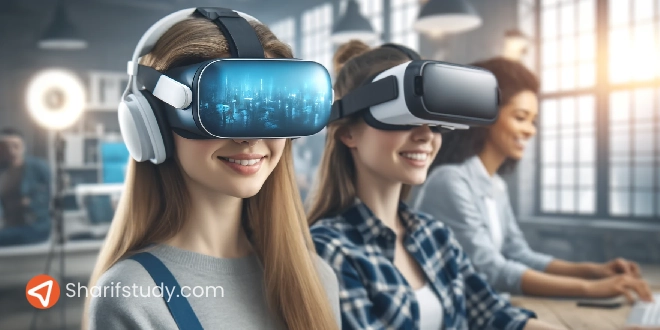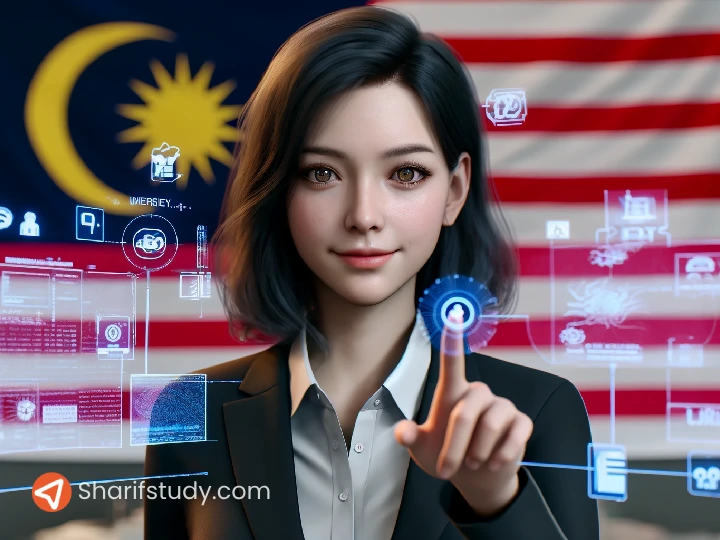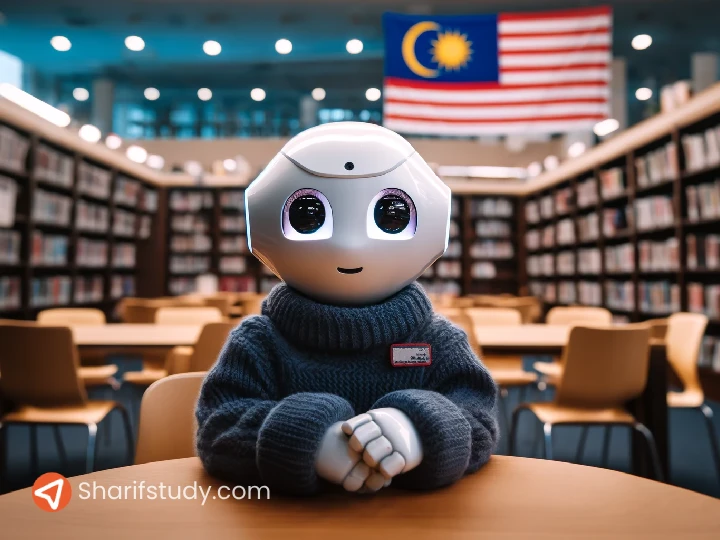What are AR and VR?
Augmented Reality (AR) and Virtual Reality (VR) are transforming education systems worldwide, and Malaysia is no exception. These immersive technologies offer new ways to enhance learning experiences, making education more engaging and effective. As Malaysia strives to modernize its educational framework, the integration of AR and VR presents both opportunities and challenges. This article explores the role of AR and VR in Malaysia’s education system, detailing their benefits, current implementations, and future prospects.
Understanding Augmented Reality (AR)
Augmented Reality overlays digital information such as images, videos, or 3D models—onto the real world, enhancing the user’s perception of their surroundings.
This technology uses devices like smartphones, tablets, or AR glasses to superimpose computer-generated elements onto the physical environment.
In education, AR can bring textbooks and classroom materials to life. Imagine students pointing their tablets at a diagram in their science textbook and seeing a 3D model of a human heart beating in real-time.
This interactive experience helps students understand complex concepts more easily and makes learning more engaging and fun.
Understanding Virtual Reality (VR)
Virtual Reality, on the other hand, creates a completely immersive digital environment that replaces the user’s real-world surroundings.
Using VR headsets like the Oculus Rift or HTC Vive, users can explore and interact with 3D worlds designed to simulate real or imagined environments.
In an educational setting, VR can transport students to places and times they could never visit otherwise.
History lessons can turn into virtual tours of ancient civilizations, and biology classes can become immersive explorations of the human body.
By immersing students in these virtual experiences, VR can make abstract concepts tangible and provide a deeper understanding of the subject matter.
Key Differences Between AR and VR
- Environment: AR enhances the real world with digital elements, while VR creates a completely separate, immersive digital environment.
- Equipment: AR typically requires a smartphone, tablet, or AR glasses, whereas VR needs a VR headset and sometimes additional sensors.
- Experience: AR adds to the existing reality, making it more informative and interactive. VR, however, transports users to a different place entirely, providing a fully immersive experience.
AR & VR in Malaysian Universities
The future of Augmented Reality (AR) and Virtual Reality (VR) in Malaysian education is incredibly promising.
As these technologies continue to evolve and become more accessible, they have the potential to revolutionize the educational landscape in Malaysia, providing immersive and interactive learning experiences across all levels of education.
Both universities and schools are expected to increasingly adopt these technologies, driven by the numerous benefits they offer in enhancing teaching and learning processes.
University of Malaya and Multimedia University (MMU)
The University of Malaya and Multimedia University (MMU) are already pioneers in the integration of AR and VR in their curriculum. Moving forward, these institutions are likely to expand their use of these technologies.
For instance, the University of Malaya may introduce more VR labs across different faculties, enabling students from various disciplines to benefit from immersive learning environments.
Similarly, MMU may offer more specialized courses in AR and VR development, fostering a new generation of skilled professionals in these cutting-edge fields.
Taylor’s University
Taylor’s University, known for its innovative approach to education, is expected to further incorporate AR and VR into its programs.
The university’s architecture and design courses already use AR for visualizing projects in real-world contexts. In the future, Taylor’s University may expand this to other programs such as business, hospitality, and tourism, using VR to simulate real-world business scenarios, hotel management operations, and tourist experiences.
AR & VR in Malaysian Schools
Asia Pacific Schools (APS)
At Asia Pacific Schools (APS), technology integration plays a crucial role in their innovative teaching methods. They have introduced AR across various subjects to create interactive learning modules.
For example, in science and geography classes, students use AR applications to visualize 3D models of complex structures such as the human body or geographical formations.
This method allows students to interact with the material in a more engaging and comprehensible manner. Additionally, APS has established virtual labs for subjects like chemistry and physics.
These VR labs enable students to conduct experiments in a safe and controlled environment, offering them the opportunity to repeat experiments as needed to better understand the principles involved.
Furthermore, APS uses VR to make history lessons more immersive. Students can take virtual tours of ancient civilizations, explore historical sites, and witness significant historical events, making these subjects more engaging and memorable.
Sunway International Schools
Sunway Schools, part of the Sunway Education Group, are renowned for their modern approach to education and their focus on integrating technology into their curriculum.
They leverage AR and VR to significantly enhance the educational experience. In science education, Sunway Schools use AR applications to help students interact with 3D models of molecules, cells, and other scientific elements.
This hands-on approach facilitates a deeper understanding of complex scientific concepts. The schools also employ VR technology to create immersive learning environments.
For instance, in subjects like history and geography, VR headsets allow students to embark on virtual field trips, exploring ancient ruins, historical landmarks, and different ecosystems without leaving the classroom.
This immersive experience helps students retain information better and fosters a more profound interest in their studies.
Future of Malaysia Education with AR and VR
The incorporation of Augmented Reality (AR) and Virtual Reality (VR) into Malaysian education marks a big step towards embracing the future of learning.
These technologies are changing established educational paradigms by providing dynamic, immersive, and engaging learning experiences that meet students’ different requirements.
The benefits of AR and VR in education extend beyond mere engagement. These technologies enable personalized learning experiences, allowing students to learn at their own pace and in ways that suit their individual learning styles.
For educators, AR and VR provide innovative tools to explain difficult subjects more effectively, leading to better comprehension and retention among students.
As AR and VR technologies become more accessible and affordable, their adoption in Malaysian education is expected to grow.
The continued investment in technological infrastructure, teacher training, and the development of new educational content will be crucial in this process.
Collaborative efforts between educational institutions, government bodies, and the private sector can further accelerate the integration of these technologies, ensuring that more schools and universities can benefit from them.
In conclusion, embracing AR and VR in education is not just about keeping up with technological advancements; it is about transforming the educational experience to better prepare students for the future.
By making learning more interactive, immersive, and personalized, these technologies can help students develop the skills and knowledge they need to succeed in a rapidly changing world.
Institutions like APS and Sunway Schools are leading the way, demonstrating the immense potential of AR and VR in education. As Malaysia continues to invest in these technologies, the future of education looks brighter, more dynamic, and more inclusive than ever before.
 SharifStudy Best way to Study in Malaysia
SharifStudy Best way to Study in Malaysia






